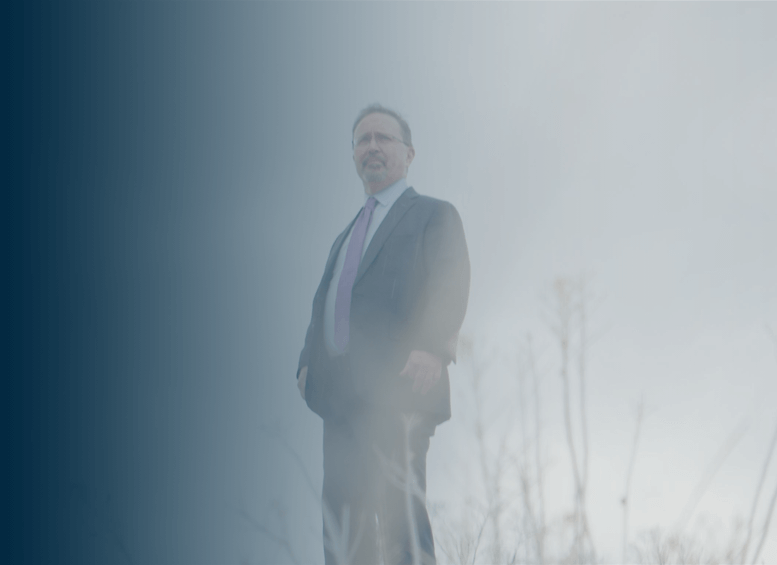CATASTROPHIC INJURIES |
INSURANCE BAD FAITH |
PRODUCT LIABILITY

We have a history of achieving record-setting trial verdicts for our clients.

There is never a fee unless we recover money on your behalf.

Our firm wins complex cases that other attorneys won't even take.
If you or a loved one is seriously injured because of someone else's actions, don't wait. Call our office today. Matthew Sharp has recovered hundreds of millions for his clients.
Over the past 30 years, Nevada trial lawyer Matthew L. Sharp has tenaciously defended individuals and families who have had their lives devastated by the unlawful conduct of others. Throughout the legal industry, he's known for being a fearless advocate for his clients. Because of the way he fearlessly takes on cases against some of the largest companies in America, he's been given the nickname of "Honey Badger" by his peers.
Honey badgers, despite their small size, are unafraid of larger animals. They're impervious to many types of attacks due to their thick skin and have even been known to chase off lions. It's with this same courage that Matt Sharp fights back against major corporations that have allowed negligence to cause injury or result in unlawful handling of an insurance matter.
At the Law Office of Matthew L. Sharp, we handle a wide variety of insurance bad faith and insurance dispute cases including those related to health insurance, auto insurance, disability insurance, life insurance, and more. We also have years of experience handling complex personal injury claims. Whether Matthew Sharp is helping an accident victim recover compensation from an unlawful trucking agency or taking an insurance company that acted in bad faith to court, you can depend on him to fearlessly hold wrongdoers accountable.

» Trial Lawyer of the Year
» Past President
Attorney Matthew Sharp and his team have recovered hundreds of millions of dollars in jury verdicts and settlements. Some of these cases have been for record-setting amounts. Matt Sharp is known as the “Honey Badger” in court and is relentless in pursuing justice for his clients.
Matt Sharp helped deliver Bill Eskew a $200 million verdict against the largest health insurer in the country.
+ more resultsMatthew Sharp recovered the seventh-largest verdict in the United States in 2011 against a drug manufacturer and distributor.
+ more resultsOver $100 million was recovered for clients injured in a Hepatitis C outbreak in lawsuits against health maintenance organizations, health care providers, and manufacturers.
+ more resultsA $27 million settlement was recovered following a trucking accident.
+ more resultsWhen someone is catastrophically injured or killed due to the negligence of an individual, company, or product, we call these injuries personal injuries. There are several root causes of these devastating injuries. We're here to help our clients with all of them.
“I recently retained the professional services of Matthew Sharp and his law firm to represent my interest in a legal proceeding. Mr. Sharp and his firm shall I say was way over the top in providing excellent and sound legal advice. His professional attitude and attention to detail during the entire process was second to none as well as the rapid and courteous responses from Mr. Sharp and his staff to any and all of my questions regarding my case. Furthermore, I would give my utmost support to anyone choosing Mr. Sharp and his firm in any type of legal representation.”
- RICK S.
